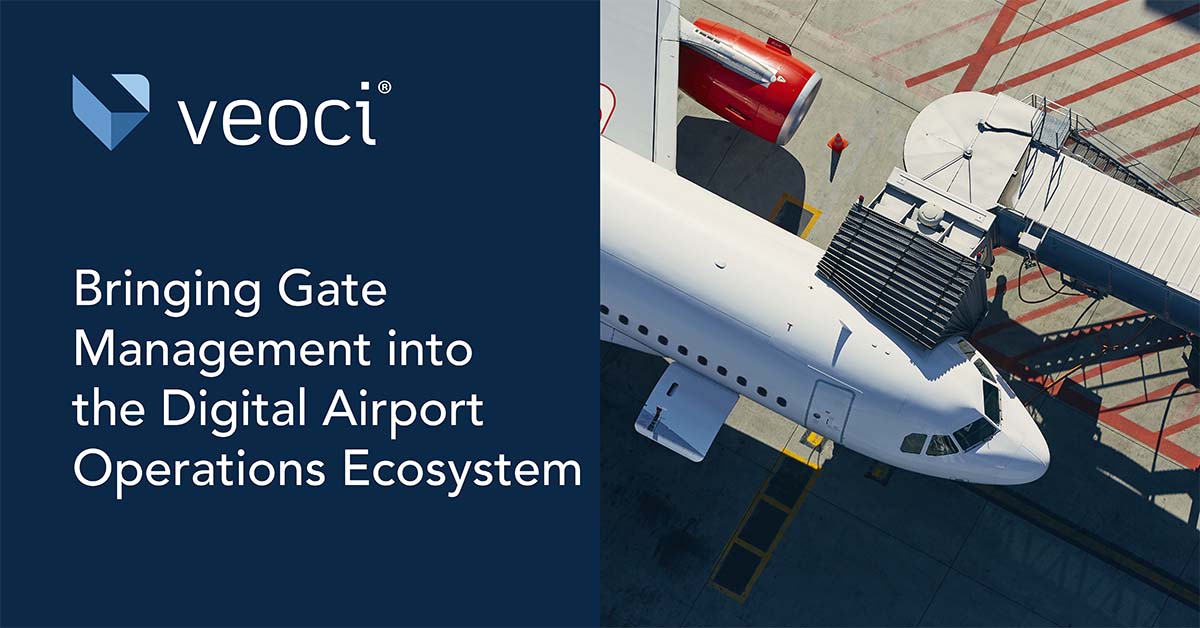Air traffic took a dive when the Covid-19 pandemic started. The pandemic is still keeping airport traffic down, but it’s slowly rebounding. And as the world gets back up to speed, so too will airports and the traffic they once saw. As operations scale up, airports will need to pay more attention to gate management and explore solutions that make these operations more efficient.
The Good Kind of Traffic
Air travel was growing at a steady rate before the Covid-19 pandemic pushed its way into daily life. 2020 and 2021 saw depressed traffic numbers due to the public health crisis, and it’s too early in 2022 to draw any conclusions.
The world is learning to live with the virus and many of the society’s staple functions are coming back online, ready to meet the levels they achieved before the pandemic. Many airports will most likely need to field the same numbers they saw in 2019 within the next few years.
More passengers means more aircraft traffic. Gate management is far from forgotten from daily operations now, but a surge in travelers and aircraft traffic in coming years means gate management will need more attention than it has received in the past.
More infrastructure seems like the obvious solution. Airports can invest in building more gates and parking spots, but the development and construction of new infrastructure takes considerable time. If an increase in air travel demand does prove true, new infrastructure won’t solve the issue immediately.
Airports have found a stop-gap solution in recent years. Common-use terminals are cropping up to serve both existing airline terminal leasing agreements and other incoming traffic. These changes to the physical environment may not be enough in the future; airport teams will need to explore how operations and processes can change in response to an increase in airport traffic as well.
Operations and Digitization
Software has helped airports across the world streamline a number of daily operations. Technology is no stranger to the airfield and administrative offices of airports.
Airports and their teams, through software platforms, have simplified and streamlined a number of cornerstone operations, including FAA Part 139 inspections, safety management, and wildlife management.
Gate management should be one of industry’s next targets for digitization. Airports that have already worked technology into this operation should consider if their configuration serves well in the larger scope of operations.
Digitally Streamlining Gate Management
Platforms have helped airports turn key operations into smooth processes over the past decade. There are a few areas airport teams should look for as they start seeking out gate management solutions.
Automatic Communications to All Parties
Communications take time, and gate management can’t happen without them. Any platform handling this operation for an airport should be able to shoulder this responsibility. Both airport teams and airlines need to have a conversation for gate placements. As airports make placements, a platform should send the information to airlines to ensure aircraft have a space to spend downtime.
Full-scope Billing
Space is valuable, and airlines need to compensate airports for utilizing facilities. A billing workflow is a must-have in gate management. For the airports using digital solutions, wrapping this workflow into the operational process is the way to go. Integrating billing into the process ensures data isn’t lost and remains accurate. More importantly, it gets payments from airlines into airports.
Virtual Mapping and Occupancy Visualization
There’s no better way to get an environment than seeing it. Digitizing gate management for any airport should mean introducing maps to the operation. This gives a team a good visual sense of the operation’s status at any given time and may help expedite decisions through the course of daily operations. More advanced platforms can include drill downs and histories to particular areas of the map, providing more data for teams and supplementing decision-making.








